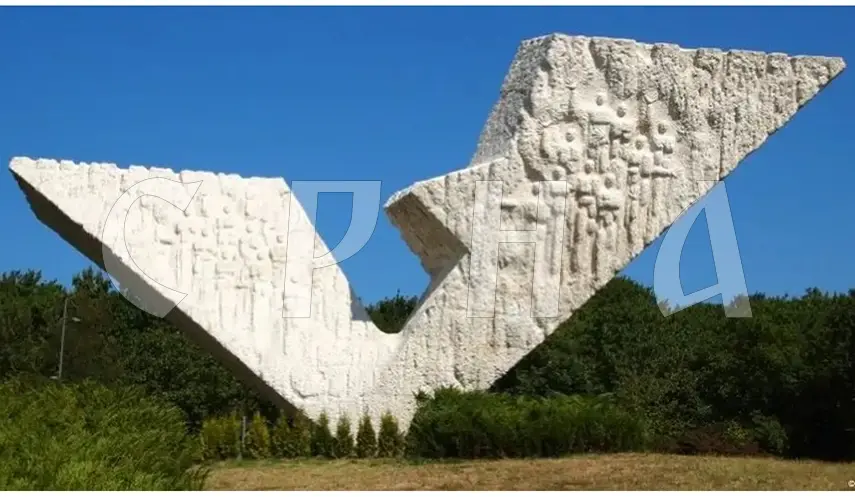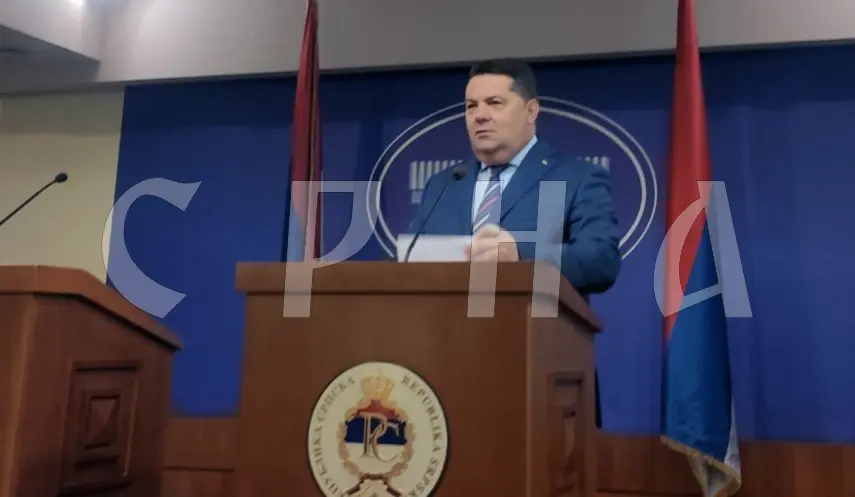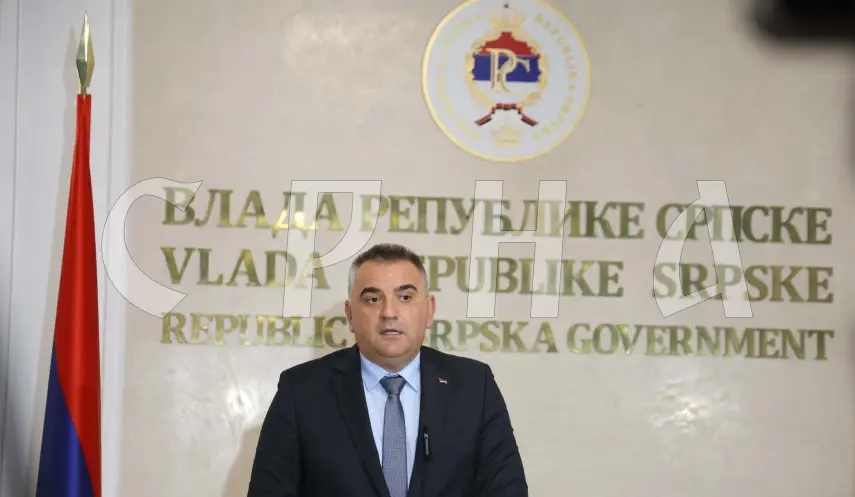ŠUMARICE EXECUTIONS ONE OF THE GREATEST CRIMES BY FASCIST GERMANY IN FORMER YUGOSLAVIA
Serbia - Kragujevac - remembrance
10/21/2025
10:04

KRAGUJEVAC, OCTOBER 21 /SRNA/ – Eighty-four years ago, around 3,000 innocent civilians were executed in Kragujevac's Šumarice, among whom were about 300 schoolchildren and teachers, which was one of the most severe war crimes committed by the German army in World War II in former Yugoslavia.
The executions were carried out in retaliation for the killing of ten German soldiers and the wounding of 26 others during a partisan attack on October 16, 1941, against the 3rd Battalion of the Wehrmacht’s 749th Infantry Regiment.
The reprisals began on October 19 in the villages of Maršić, Ilićevo, and Grošnica.
According to historical sources, 416 villagers were executed at that time – far below the quota the Germans had imposed: 100 civilians executed for every German soldier killed.
To meet their self-imposed bloody quota, the German fascists began arresting Kragujevac residents on October 20 and began executing them on October 21.
Almost no one attempted to escape, fearing the consequences for their families. The Germans tricked people by claiming it was all for replacing ID cards.
The arrested residents were taken to the Tanasko Rajić barracks first and then to the execution site on October 21.
Over the course of three days, around 3,000 people were executed, including about 300 schoolchildren, not only in Kragujevac, but also in the regions of Jadar and Kraljevo.
In Serbia, October 21 is commemorated as the Day of Remembrance for Serbian Victims in World War II.
The Kragujevac October Memorial Park, which includes the 21st October Museum, as well as Desanka Maksimović's poem "A Bloody Fairy Tale", preserve the memory of the executed residents.
The 21st October Museum displays personal belongings of the murdered children – caps, schoolbooks, report cards, documents, and other items they had with them when they were killed.
The first gathering of the families and relatives of the victims in Šumarice was held in 1944.
The Kragujevac October Memorial Park was founded in 1953 with the aim of preserving the memory of the executed children and residents, fostering a culture of remembrance, and promoting the values of peace and tolerance through various memorial and artistic events and activities.
The Great School Lesson, held at the monument to the executed students and teachers, has been organised every year since 1971.

CONSTITUTIONAL COURT OF BiH WILL LOSE CASE BEFORE EUROPEAN COURT OF HUMAN RIGHTS

DODIK: BiH HAS NO CHANCE WITH THIS DEFECTIVE CONSTITUTIONAL COURT

MINIĆ: THERE ARE HIGHER BODIES THAT WILL CORRECT POLITICAL PERSECUTION OF DODIK

BUBIĆ: WE WILL INITIATE PROCEEDINGS BEFORE COURT IN STRASBOURG


